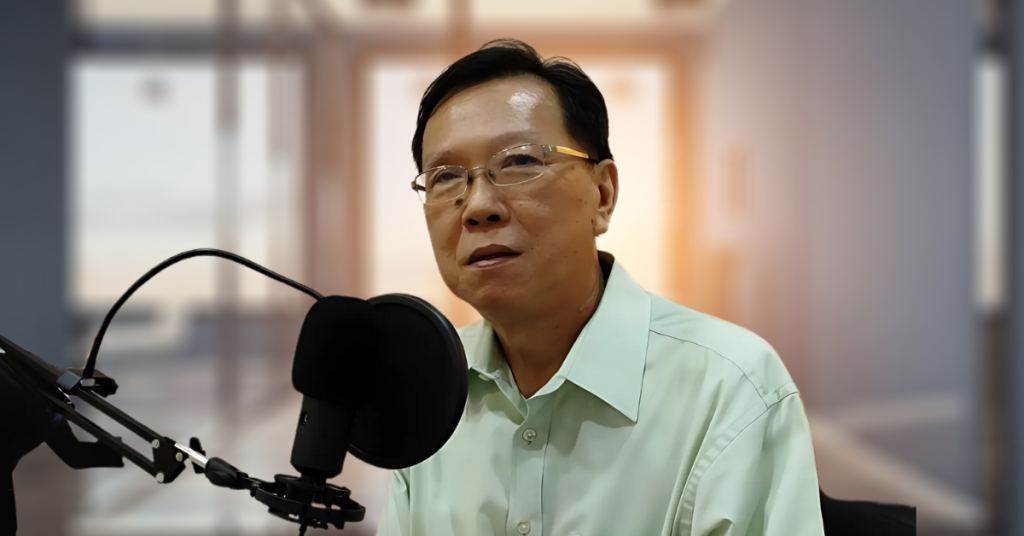When Edison Ong started his first side hustle, he wasn’t thinking about financial principles—he just wanted to earn extra cash. But looking back, he realizes that his small photography gig was his first real lesson in business and money management.
“My first time earning money was through photography,” says Ong, a Registered Financial Planner. “Aside from photography services, I was earning from the prints that clients would order.”
Like many side hustlers, Ong quickly learned that understanding costs and pricing is key to profitability. Instead of accepting the standard rates for printing, he negotiated with the print shop to get a discount—allowing him to charge clients full price while pocketing the difference.
“That’s how I started to appreciate savings,” he explains. “Eventually, I was able to buy my own camera, and it became a profession.”
Turning Savings into Investment
Early on, Ong saved money not just for security, but to reinvest in better equipment—a fundamental business concept.
“At the time, I wasn’t aware of compound interest,” he admits. “All I knew was to save for a rainy day or to buy something that would help me earn more money.”
That mindset helped him transition from being a hobbyist to a professional photographer. He saw firsthand how using money to buy an asset—his camera—could generate a return on investment.
The Reality of Risk
But not every financial lesson was a win.
“I experienced two banks going bankrupt,” Ong recalls. “I thought, ‘This bank is growing, there’s a merger, there’s international infusion.’ But the reality is, anything can happen in the financial world.”
His hard-earned savings were suddenly in limbo, teaching him an important lesson about financial risk and diversification.
Side Hustles as Business Education
Ong’s experience highlights why starting a side hustle can be one of the best ways to learn business and finance. It teaches you how to price your services, reinvest wisely, and manage financial risks—all without sitting in a classroom.
“Experience is the best teacher,” Ong says. “You learn how money works when it’s your own money on the line.”
![]()



